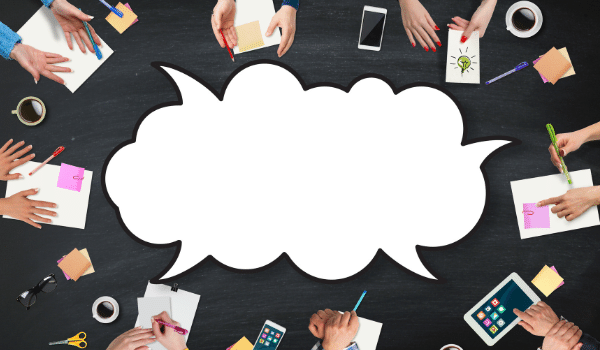Benefits of Active Listening
We've all done it. When speaking with others, we can more or less anticipate the point they are making and in our minds, we start thinking about our response. Sure, you are communicating and maybe even very efficiently. But you may be wrong about the point they are making. And worse yet, you may not be really understanding their point. Active listening puts the focus on understanding the persons statements before you start thinking about your response. The benefits of active listening are incredibly helpful with clients, your professional life, and in your personal life, too. Like any communication skill, it takes time to hone. Here are some tips.
Be Patient
We are our own worst enemy. We all are busy and we have a tendency to rush things when we believe we understand. The point to active listening is not to push on to the next step - the response - until the other person has completed their sentences and thoughts. You may be a very astute listener and know the other person well enough that your presumption of their point is accurate. But that's not the whole point. The first step is to be patient. Give the other person time to complete their statement.
Summarize Your Understanding
A great tool and example here is 'what I hear you saying is'. Based on what the person said and what you heard, simply state your understanding. This tool ensures the other party feels heard. And, if you are off, they can further clarify. Now, do you need to do this for every conversation? Not at all. Perfunctory decisions like making an appointment doesn't really require these steps. But if you are talking about a bigger topic, like how the client is feeling about the matter, or discussing options on how to move forward, this is a critical step. Not only does it ensure understanding, but it also reinforces the relationship. You are actively listening and reflecting back your understanding. The person feels heard, both parties are operating from the same point, and there is less friction.
Watch Non-Verbal Cues
You don't need to be an expert in non-verbal cues to understand the difference between someone with crossed arms versus someone with their arms in a more relaxed position. The more obvious eye-roll, a stern look in the persons face, or looking away from you when speaking are all other non-verbal cues. Be sure to take that into consideration when listening and reflecting. If the cues show discomfort to frustrating, remember to adjust your word choice and tone too. If you sense the other person isn't in a good place to have the conversation, softly suggest the discussion be moved back a bit, if possible. Do remember that identifying their non-verbal cues is ok, too. 'I see you are frustrated'. You get the idea.
Make Eye Contact
It's critical to make eye contact during conversations. It shows that you are giving the discussion your full attention. Glancing at your watch, phone, or anything else truly conveys that you do not value the discussion and are distracted. If you do have other things that are pressing, it's ok to let the person know you have a deadline and ask if you can discuss the issue at a later, specific, time. Likewise, if the other person is unable to maintain eye contact, they may need to reschedule. Sometimes it can just be another sign of frustration or discomfort. When we say make eye contact, that doesn't mean you must look them in the eyes non-stop during the conversation. That can feel intimidating or put the other person on the defensive. Make regular eye contact. And it's ok to ask the person if they want to continue the discussion or have it at a later time, too.
Focus on Listening, Not on the Answer
This may be the biggest challenge. Especially if you know the person well, you can likely make a reasonable assumption that is accurate. But that's not the point. The key here is to focus on listening. Try to catch yourself when you start formulating a response, or are ready to interrupt the other person. After all, doesn't it annoy you when other people cut you off, mid-sentence or mid-thought? Focus on listening first. Then restate your understanding. Then you can add your comments or reply, ideally.
Active listening shows respect, drives understanding, and creates the basis of a good relationship. Strong communication skills help develop strong relationships and creates a sense of trust. Use these tips to ensure your clients, and everyone in your personal life, feel heard and understood.

